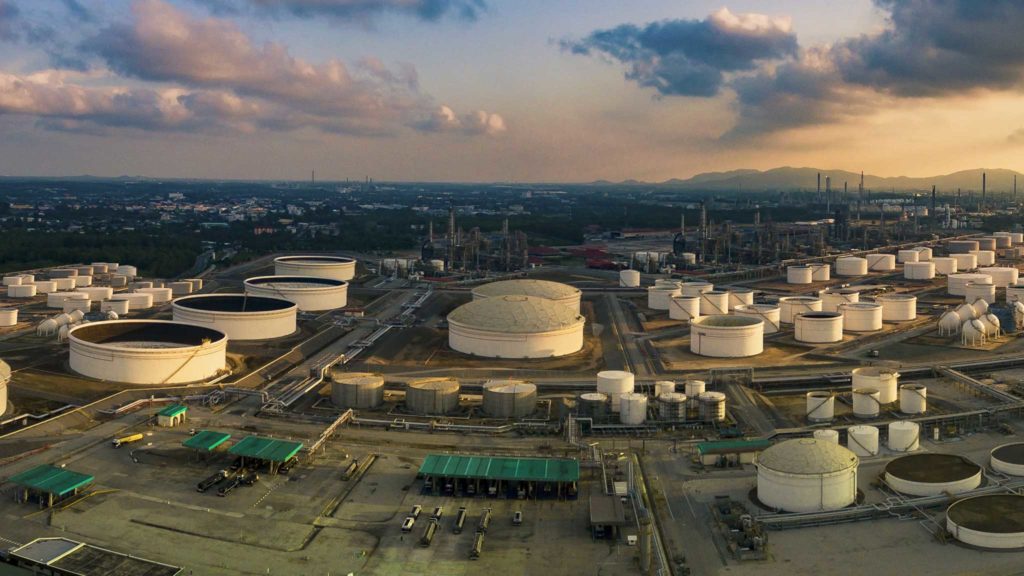Chapter 10: Unconventional Fossil Fuels
In addition to the conventional forms of fossil fuels, there are also unconventional forms. As conventional fossil fuels become more expensive to produce, unconventional fuels become more common. Unconventional coal includes coal-to-liquids. Unconventional natural gas includes coalbed methane, gas-to-liquids, and shale gas. Unconventional petroleum includes tar sands, also known as oil sands, heavy oil, oil […]
Chapter 10: Unconventional Fossil Fuels Read More »





